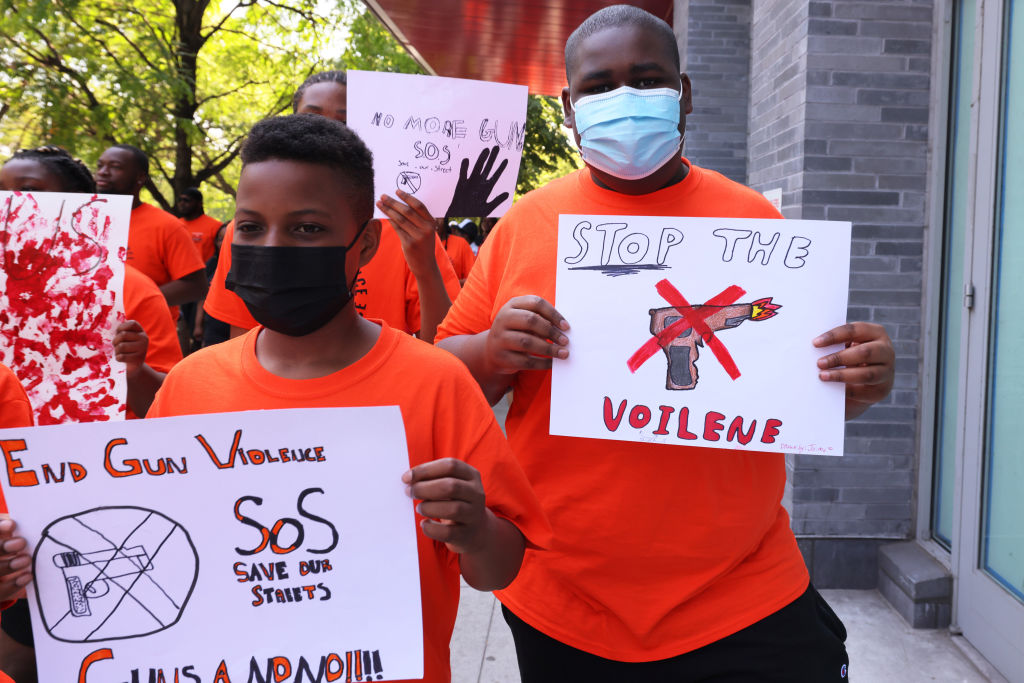A new report on homicide trends in the U.S. reveals the ebbs and flows of killings in America since the 1960s but the most consistent part is the impact such deaths have had on the Black community.
The Council on Criminal Justice, a nonpartisan think tank, recently released the Trends in Homicide report, which closely analyzes data on homicides from multiple sources over the past 50 years.
The analysis shows that Black men have had the highest rate of homicide victimization since 1960. That year, the homicide rate for Black men was 42 per 100,000 people. By 1970, it was 78 per 100,000.

From 1980 to 1999, the rate hovered around 54 per 100,000 people before declining from 2000 to 2019 to around 35 per 100,000. In 2021, the number went back up to 54. To put it in perspective, the homicide rate for white males has never gone above 8.4 per 100,000 since 1960, according to the study.

“Most homicides are going to be intraracial within racial groups, but Black individuals disproportionately make up a large share of homicide victims,” Ernesto Lopez, who co-authored the study, told theGrio. “That disparity has always been there, and there’s a whole bunch of research that tries to explain why.”
Since 2020, more than three-quarters of all homicides have been committed with a firearm. From 1980 to 1990, guns were used in just two-thirds of reported homicides. The clearance rate for homicides has gradually decreased since the 1960s. In 1964, over 83% of homicides were cleared by authorities. In 2022, around 50% were.
The study also shows how homicides were on a long-term decline from the early 1990s until 2015, when they increased again. Then came the 30% spike in homicides from 2019 to 2020, which was the largest single-year increase on record.
Over the last several years, crime researchers and academics have explored what drove that increase and point to several factors, such as the disruption caused by the COVID-19 pandemic and the unrest that followed George Floyd’s murder. They also believe an increase in gun sales and a lack of proactive and effective policing were contributing factors.
Homicides are trending downward, though still higher than in 2019. Lopez said this is the nature of violence, though he believes there have been more coordinated efforts to help the communities and areas that struggle with violence along with a better understanding of the data.
“Homicide rates are dropping, and that’s very good news. That said, we still need aggressive action to save even more lives,” Thomas Abt, a senior fellow with the Council on Criminal Justice said in a statement. “Despite the decline, the U.S. remains a bloody outlier among wealthy nations concerning homicide and other serious violent crime.”
Never miss a beat: Get our daily stories straight to your inbox with theGrio’s newsletter.

